Yulong Shen
LLM Meets the Sky: Heuristic Multi-Agent Reinforcement Learning for Secure Heterogeneous UAV Networks
Jul 23, 2025Abstract:This work tackles the physical layer security (PLS) problem of maximizing the secrecy rate in heterogeneous UAV networks (HetUAVNs) under propulsion energy constraints. Unlike prior studies that assume uniform UAV capabilities or overlook energy-security trade-offs, we consider a realistic scenario where UAVs with diverse payloads and computation resources collaborate to serve ground terminals in the presence of eavesdroppers. To manage the complex coupling between UAV motion and communication, we propose a hierarchical optimization framework. The inner layer uses a semidefinite relaxation (SDR)-based S2DC algorithm combining penalty functions and difference-of-convex (d.c.) programming to solve the secrecy precoding problem with fixed UAV positions. The outer layer introduces a Large Language Model (LLM)-guided heuristic multi-agent reinforcement learning approach (LLM-HeMARL) for trajectory optimization. LLM-HeMARL efficiently incorporates expert heuristics policy generated by the LLM, enabling UAVs to learn energy-aware, security-driven trajectories without the inference overhead of real-time LLM calls. The simulation results show that our method outperforms existing baselines in secrecy rate and energy efficiency, with consistent robustness across varying UAV swarm sizes and random seeds.
Adaptive Backdoor Attacks with Reasonable Constraints on Graph Neural Networks
Mar 12, 2025
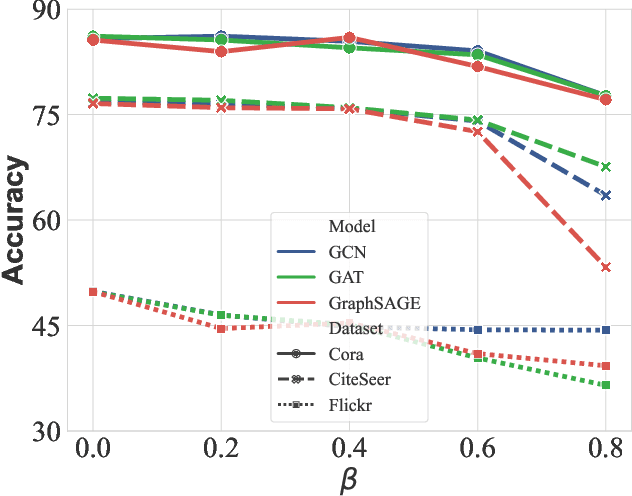


Abstract:Recent studies show that graph neural networks (GNNs) are vulnerable to backdoor attacks. Existing backdoor attacks against GNNs use fixed-pattern triggers and lack reasonable trigger constraints, overlooking individual graph characteristics and rendering insufficient evasiveness. To tackle the above issues, we propose ABARC, the first Adaptive Backdoor Attack with Reasonable Constraints, applying to both graph-level and node-level tasks in GNNs. For graph-level tasks, we propose a subgraph backdoor attack independent of the graph's topology. It dynamically selects trigger nodes for each target graph and modifies node features with constraints based on graph similarity, feature range, and feature type. For node-level tasks, our attack begins with an analysis of node features, followed by selecting and modifying trigger features, which are then constrained by node similarity, feature range, and feature type. Furthermore, an adaptive edge-pruning mechanism is designed to reduce the impact of neighbors on target nodes, ensuring a high attack success rate (ASR). Experimental results show that even with reasonable constraints for attack evasiveness, our attack achieves a high ASR while incurring a marginal clean accuracy drop (CAD). When combined with the state-of-the-art defense randomized smoothing (RS) method, our attack maintains an ASR over 94%, surpassing existing attacks by more than 7%.
Local Differential Privacy is Not Enough: A Sample Reconstruction Attack against Federated Learning with Local Differential Privacy
Feb 12, 2025
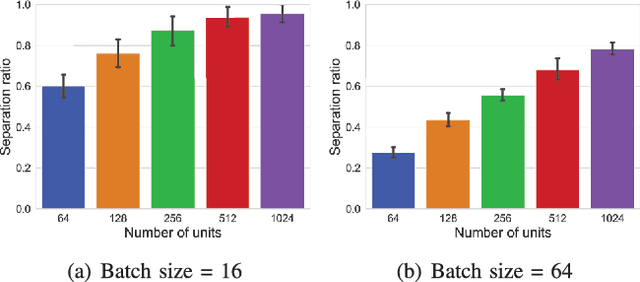
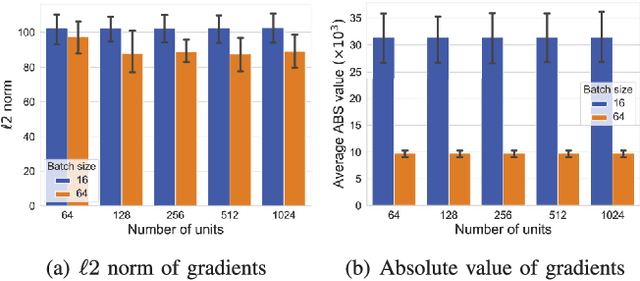
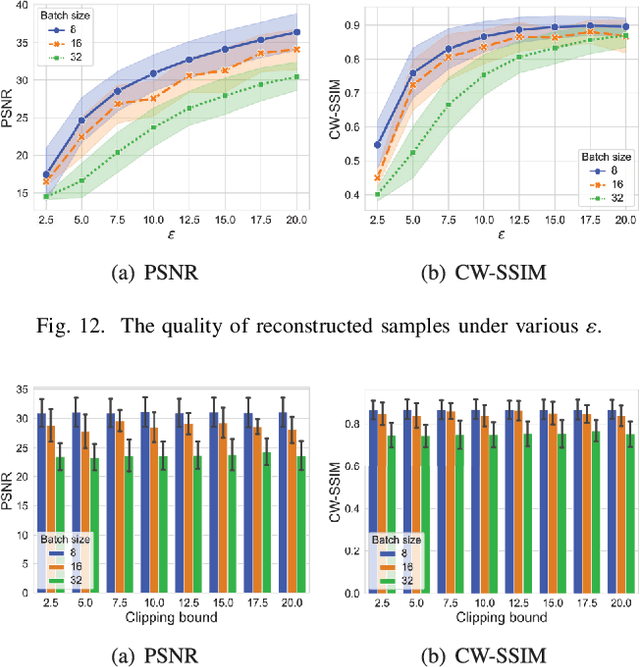
Abstract:Reconstruction attacks against federated learning (FL) aim to reconstruct users' samples through users' uploaded gradients. Local differential privacy (LDP) is regarded as an effective defense against various attacks, including sample reconstruction in FL, where gradients are clipped and perturbed. Existing attacks are ineffective in FL with LDP since clipped and perturbed gradients obliterate most sample information for reconstruction. Besides, existing attacks embed additional sample information into gradients to improve the attack effect and cause gradient expansion, leading to a more severe gradient clipping in FL with LDP. In this paper, we propose a sample reconstruction attack against LDP-based FL with any target models to reconstruct victims' sensitive samples to illustrate that FL with LDP is not flawless. Considering gradient expansion in reconstruction attacks and noise in LDP, the core of the proposed attack is gradient compression and reconstructed sample denoising. For gradient compression, an inference structure based on sample characteristics is presented to reduce redundant gradients against LDP. For reconstructed sample denoising, we artificially introduce zero gradients to observe noise distribution and scale confidence interval to filter the noise. Theoretical proof guarantees the effectiveness of the proposed attack. Evaluations show that the proposed attack is the only attack that reconstructs victims' training samples in LDP-based FL and has little impact on the target model's accuracy. We conclude that LDP-based FL needs further improvements to defend against sample reconstruction attacks effectively.
Extracting Spatiotemporal Data from Gradients with Large Language Models
Oct 21, 2024



Abstract:Recent works show that sensitive user data can be reconstructed from gradient updates, breaking the key privacy promise of federated learning. While success was demonstrated primarily on image data, these methods do not directly transfer to other domains, such as spatiotemporal data. To understand privacy risks in spatiotemporal federated learning, we first propose Spatiotemporal Gradient Inversion Attack (ST-GIA), a gradient attack algorithm tailored to spatiotemporal data that successfully reconstructs the original location from gradients. Furthermore, the absence of priors in attacks on spatiotemporal data has hindered the accurate reconstruction of real client data. To address this limitation, we propose ST-GIA+, which utilizes an auxiliary language model to guide the search for potential locations, thereby successfully reconstructing the original data from gradients. In addition, we design an adaptive defense strategy to mitigate gradient inversion attacks in spatiotemporal federated learning. By dynamically adjusting the perturbation levels, we can offer tailored protection for varying rounds of training data, thereby achieving a better trade-off between privacy and utility than current state-of-the-art methods. Through intensive experimental analysis on three real-world datasets, we reveal that the proposed defense strategy can well preserve the utility of spatiotemporal federated learning with effective security protection.
SoK: Comparing Different Membership Inference Attacks with a Comprehensive Benchmark
Jul 12, 2023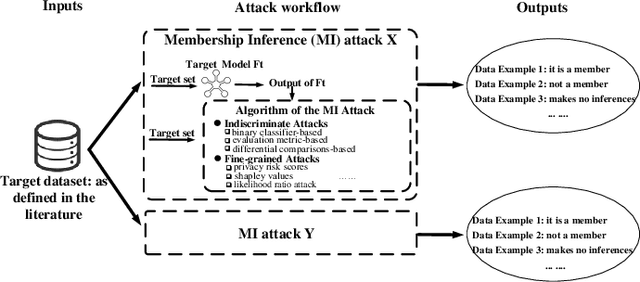
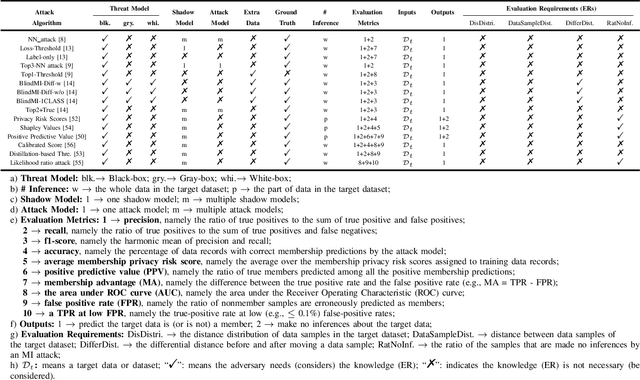

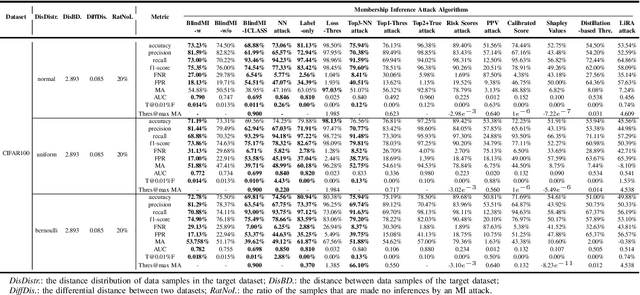
Abstract:Membership inference (MI) attacks threaten user privacy through determining if a given data example has been used to train a target model. However, it has been increasingly recognized that the "comparing different MI attacks" methodology used in the existing works has serious limitations. Due to these limitations, we found (through the experiments in this work) that some comparison results reported in the literature are quite misleading. In this paper, we seek to develop a comprehensive benchmark for comparing different MI attacks, called MIBench, which consists not only the evaluation metrics, but also the evaluation scenarios. And we design the evaluation scenarios from four perspectives: the distance distribution of data samples in the target dataset, the distance between data samples of the target dataset, the differential distance between two datasets (i.e., the target dataset and a generated dataset with only nonmembers), and the ratio of the samples that are made no inferences by an MI attack. The evaluation metrics consist of ten typical evaluation metrics. We have identified three principles for the proposed "comparing different MI attacks" methodology, and we have designed and implemented the MIBench benchmark with 84 evaluation scenarios for each dataset. In total, we have used our benchmark to fairly and systematically compare 15 state-of-the-art MI attack algorithms across 588 evaluation scenarios, and these evaluation scenarios cover 7 widely used datasets and 7 representative types of models. All codes and evaluations of MIBench are publicly available at https://github.com/MIBench/MIBench.github.io/blob/main/README.md.
Covert Communication in Hybrid Microwave/mmWave A2G Systems with Transmission Mode Selection
Feb 01, 2023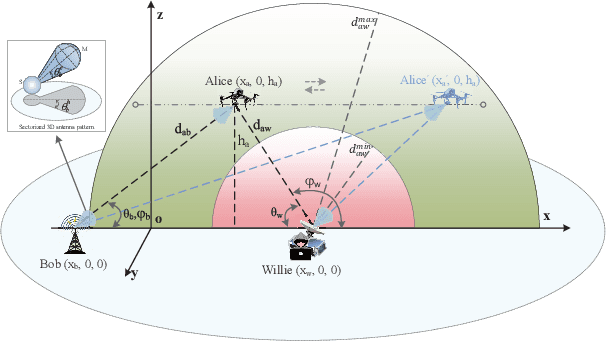
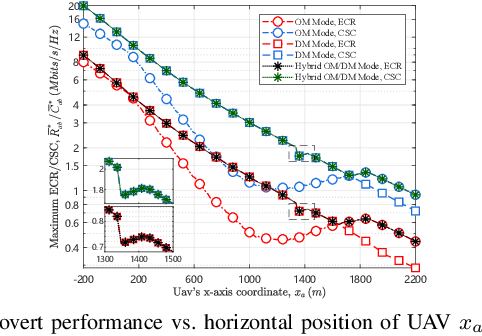
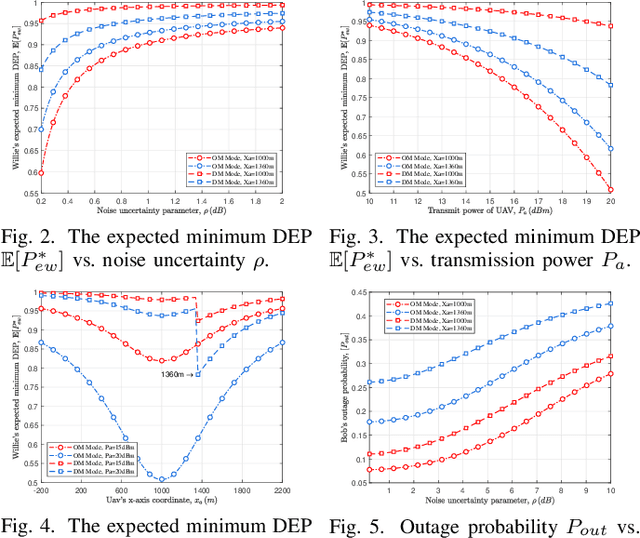
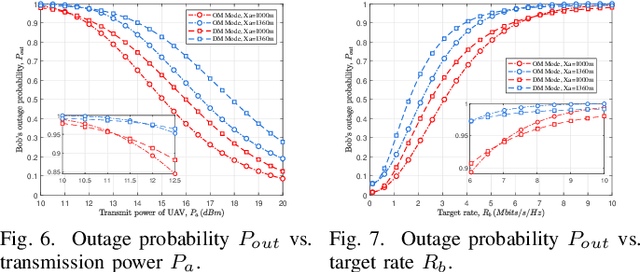
Abstract:This paper investigates the covert communication in an air-to-ground (A2G) system, where a UAV (Alice) can adopt the omnidirectional microwave (OM) or directional mmWave (DM) transmission mode to transmit covert data to a ground user (Bob) while suffering from the detection of an adversary (Willie). For both the OM and DM modes, we first conduct theoretical analysis to reveal the inherent relationship between the transmit rate/transmit power and basic covert performance metrics in terms of detection error probability (DEP), effective covert rate (ECR), and covert Shannon capacity (CSC). To facilitate the transmission mode selection at Alice, we then explore the optimization of transmit rate and transmit power for ECR/CSC maximization under the OM and DM modes, and further propose a hybrid OM/DM transmission mode which allows the UAV to adaptively select between the OM and DM modes to achieve the maximum ECR and CSC at a given location of UAV. Finally, extensive numerical results are provided to illustrate the covert performances of the concerned A2G system under different transmission modes, and demonstrate that the hybrid OM/DM transmission mode outperforms the pure OM or DM mode in terms of covert performance.
A Survey of Knowledge Enhanced Pre-trained Models
Oct 01, 2021
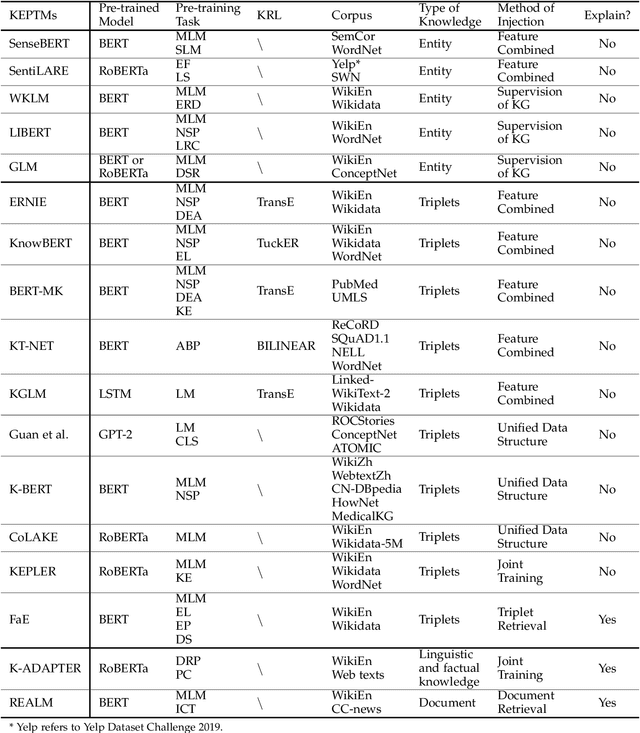

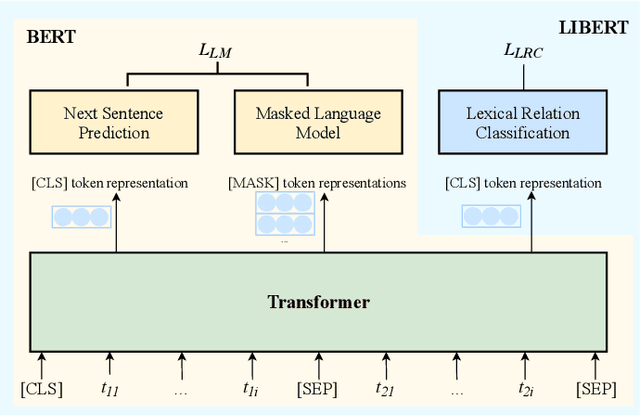
Abstract:Pre-trained models learn contextualized word representations on large-scale text corpus through a self-supervised learning method, which has achieved promising performance after fine-tuning. These models, however, suffer from poor robustness and lack of interpretability. Pre-trained models with knowledge injection, which we call knowledge enhanced pre-trained models (KEPTMs), possess deep understanding and logical reasoning and introduce interpretability to some extent. In this survey, we provide a comprehensive overview of KEPTMs for natural language processing. We first introduce the progress of pre-trained models and knowledge representation learning. Then we systematically categorize existing KEPTMs from three different perspectives. Finally, we outline some potential directions of KEPTMs for future research.
FedProc: Prototypical Contrastive Federated Learning on Non-IID data
Sep 25, 2021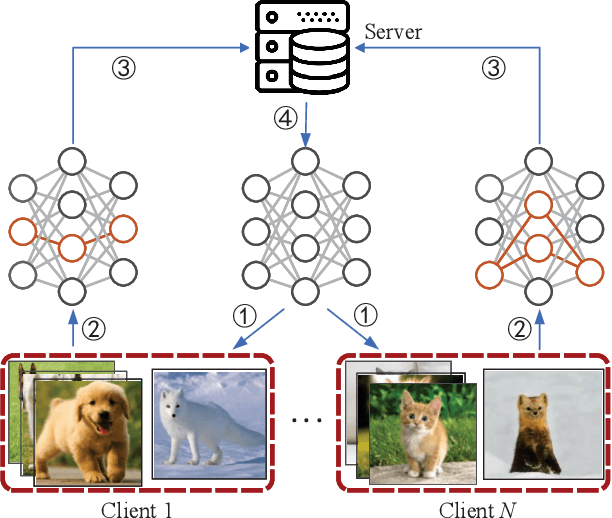
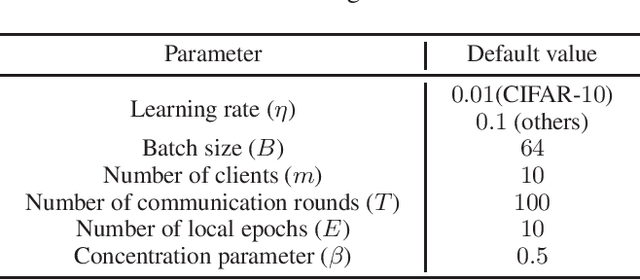

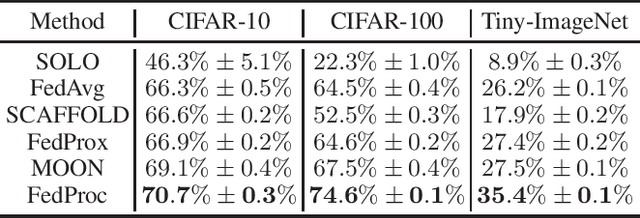
Abstract:Federated learning allows multiple clients to collaborate to train high-performance deep learning models while keeping the training data locally. However, when the local data of all clients are not independent and identically distributed (i.e., non-IID), it is challenging to implement this form of efficient collaborative learning. Although significant efforts have been dedicated to addressing this challenge, the effect on the image classification task is still not satisfactory. In this paper, we propose FedProc: prototypical contrastive federated learning, which is a simple and effective federated learning framework. The key idea is to utilize the prototypes as global knowledge to correct the local training of each client. We design a local network architecture and a global prototypical contrastive loss to regulate the training of local models, which makes local objectives consistent with the global optima. Eventually, the converged global model obtains a good performance on non-IID data. Experimental results show that, compared to state-of-the-art federated learning methods, FedProc improves the accuracy by $1.6\%\sim7.9\%$ with acceptable computation cost.
 Add to Chrome
Add to Chrome Add to Firefox
Add to Firefox Add to Edge
Add to Edge